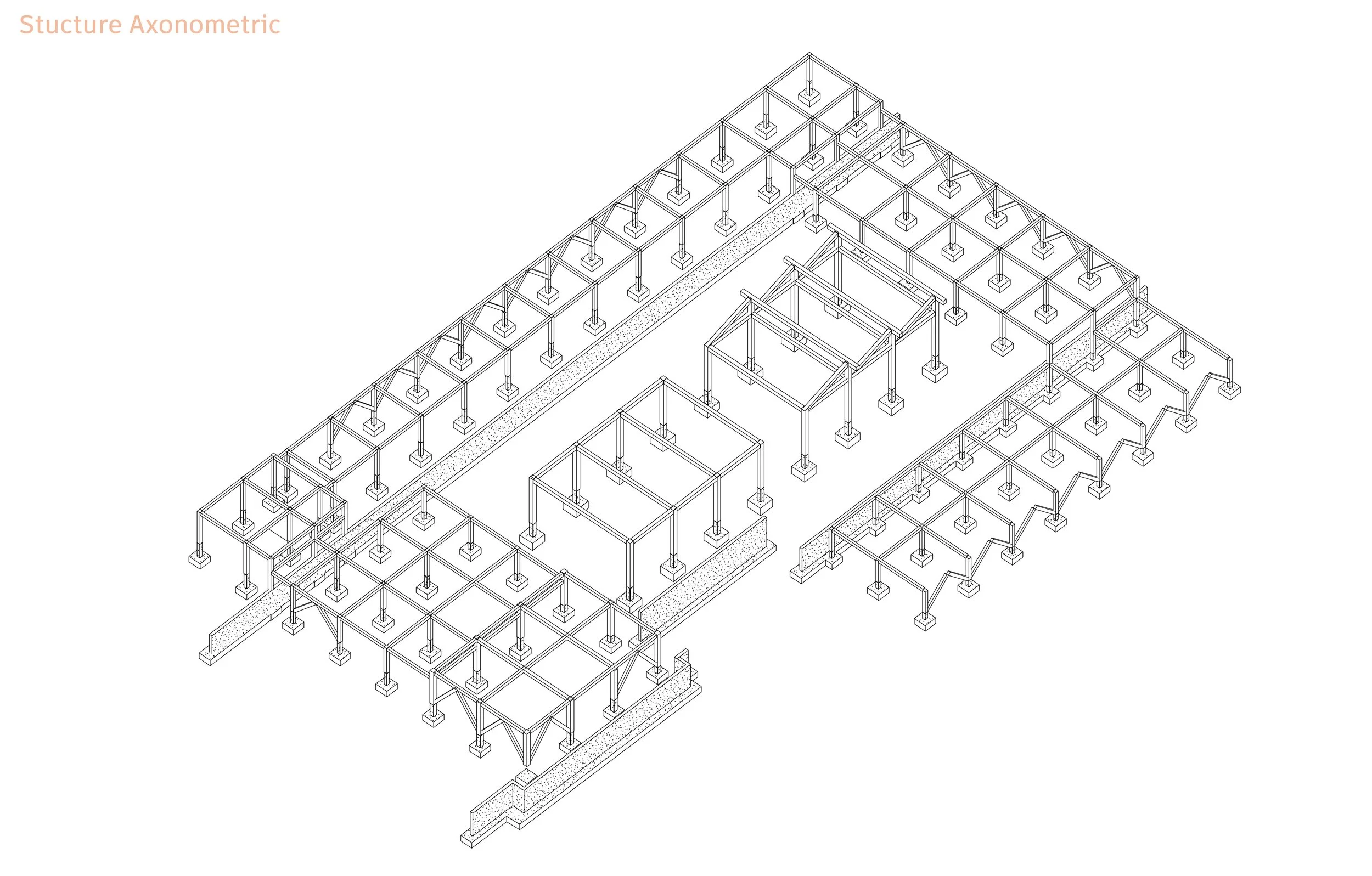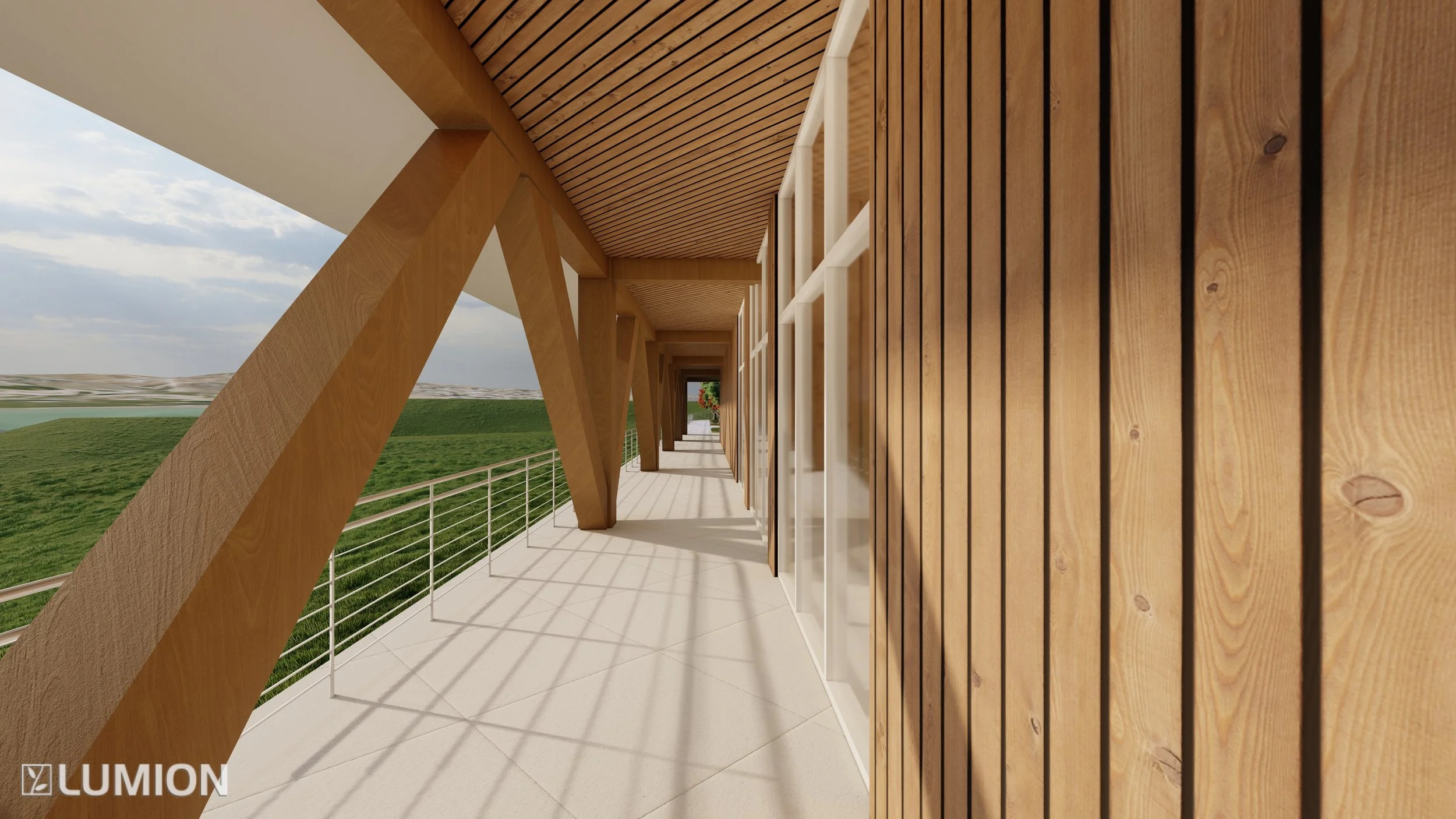
Dosan Ahn Chang Ho Memorial
image provided by Dosan Ahn Chang Ho Legacy - Home
Dosan Ahn Chang Ho, born Ahn Chang Ho, was a prominent Korean independence activist, educator, and community leader. He played a significant role in the Korean independence movement against Japanese colonial rule during the early 20th century. Dosan Ahn Chang Ho is revered for his tireless efforts in advocating for Korean independence and for his contributions to Korean American communities.
In the context of Riverside, California, Dosan Ahn Chang Ho holds particular significance. The community Dosan Ahn Chang Ho founded in Riverside, California, was known as "Dosan's Republic." It was established as a center for Korean immigrants in the area and served as a hub for cultural, social, and educational activities. Within Dosan's Republic, Ahn Chang Ho sought to foster a sense of unity among Korean immigrants and to provide support and resources to help them adjust to life in the United States. In Riverside he also continued his activism and established the first Korean Methodist Church in the United States. Additionally, his former residence in Riverside has been preserved as a historic site, further highlighting his enduring impact on the city and its Korean American community.
Honoring Dosan
This memorial to Dosan Ahn Chang Ho in Riverside, CA, serves as a symbol of unity and remembrance, bringing the community together to honor his legacy. Designed with spaces for reflection, it offers individuals the opportunity to pay tribute to Dosan's contributions to early Korean American history and his unwavering commitment to honesty and community values. By highlighting Riverside's significance in Korean American history, the memorial underscores the importance of preserving cultural heritage and acknowledging the labor and sacrifices that have shaped the Korean American community. Through this memorial, Dosan's enduring principles of honesty and community continue to inspire and resonate with present and future generations.
Class
ARC 412 - Design Studio VI
Year
Undergraduate Senior Year - Spring 2023
In the site analysis phase for the Memorial, careful consideration is given to the unique context of the site situated near the orange groves in the city of Riverside. The analysis begins with an assessment of the natural surroundings, acknowledging the presence of the picturesque orange groves and their significance in Riverside's history and identity.
The site analysis also considers the cultural and historical context of Riverside, recognizing its role in early Korean American history and its connection to Dosan Ahn Chang Ho's legacy. By situating the memorial museum within this context, the aim is to create a meaningful dialogue between the site's natural and cultural elements, fostering a sense of continuity and connection with the past.
Furthermore, the analysis delves into the site's weather patterns, accessibility and visibility, identifying opportunities to enhance the museum's presence within the community and attract visitors from diverse backgrounds. Consideration is given to factors such as pedestrian flow, vehicular access, and public transportation options to ensure that the museum is easily accessible to all.
The parti diagram for the Dosan Memorial evolves around the central theme of community, reflecting the essence of Dosan's values and vision. At the core of the diagram lies the museum itself, symbolizing the heart of the community and serving as a focal point for gathering, learning, and reflection. Surrounding the central museum are pathways and gathering areas, designed to encourage movement and interaction among visitors.
Floorplans
Materials & Sustainability
The architectural sustainability strategy for a project in Riverside prioritizes environmentally conscious design elements to promote energy efficiency and reduce the building's ecological footprint. Utilizing green roofs, double-glazed windows, skylights, and vertical fins for sun shading and overhangs, the design maximizes natural light while minimizing heat gain, creating a comfortable indoor environment while reducing reliance on artificial lighting and cooling systems.
Furthermore, the inclusion of solar panels and clerestories enhances the building's energy efficiency by harnessing renewable energy sources and increasing natural ventilation.
In terms of construction materials, the project employs heavy timber construction, which offers numerous benefits in California's climate. Heavy timber construction is known for its durability, thermal performance, and aesthetic appeal. Additionally, by sourcing materials locally, the project minimizes transportation-related emissions and supports the local economy.





















